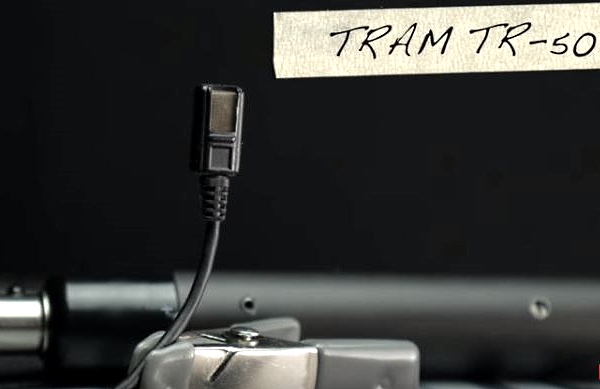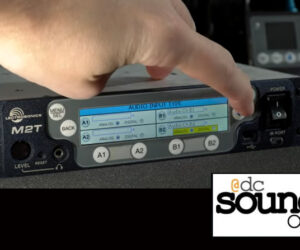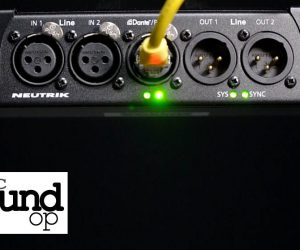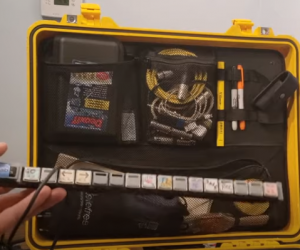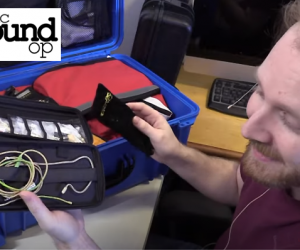On a recent recommendation from a friend, I decided it was time to purchase a decent lavalier microphone for shooting video. Trying to stretch the budget, as usual, I wanted an industry standard mic that I knew would be available at a reasonable price and that I could easily rent more of locally if needed. With that in mind, I was confident a Tram TR50 would fit the bill.
As I started skimming eBay for options, I noticed a number microphones and power supplies (TR79) that were listed without mentioning if they were wired for positive or negative bias. Even more interesting was how much less the unmarked components were selling for than their more thoroughly examined counterparts.
In the past I’ve had moments of panic and disbelief as multiple lavs on a shoot didn’t work when first hooked up, only to remember the bias voltage and find that some power supplies and mics had been mixed up.
In an effort to shed some light on the topic for anyone looking to buy, sell or just use a Tram TR50 mic effectively, I’ve put together this short video on how to identify positive versus negative bias wiring in both the mics and power supplies.
I also recommend additional reading from The Broadcast Shop and Audio Technica for blog posts on the topic offering more in-depth information.


